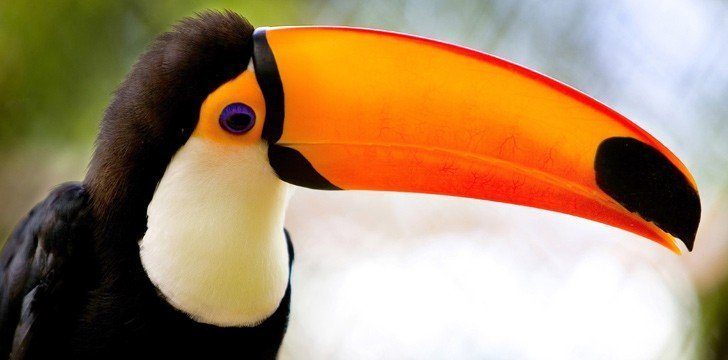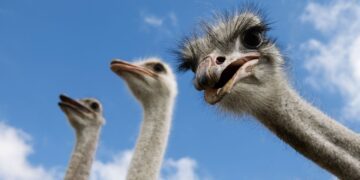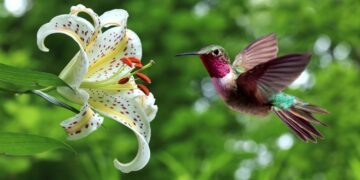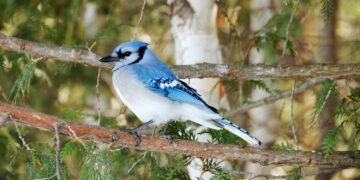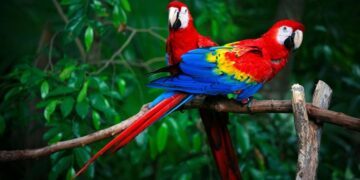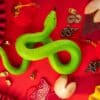The toucan, the colorful creature we associate with so many things, from TV shows to beer.
This bird symbolizes exotic creatures for so many people, myself included, and its enormous beak only makes it more tropical.
Here we’re going to look at 30 facts about the spectacular bird.
The Toco Toucan is actually the largest toucan of all the species, measuring in at a whopping 25 inches (63.5 cm) with an 8 inch (19cm) neon orange beak.
The toucan’s colorful brilliance is actually smartly designed camouflage for the rainforest, allowing them to hide amongst the South American plants.
Some species of toucans have particularly enormous bills. They’re so large, in fact, that they have the biggest bill-to-body ratio in the world!
Toucans are actually an endangered species due to their habitat being destroyed with the removal of huge chunks of rainforest, but as toucans adapt so quickly they are able to survive.
South America is the home of the toucan. The rainforest bird has over 40 species in its spectrum.
Toucan’s take shelter in hollowed-out trees usually created by Woodpeckers.
Toucans manage their body temperature by adjusting the blood flow to their beak as more blood means more heat release. Due to this, the creatures sleep on their beak to conserve heat.
A baby toucan is incubated for around 20 days, when they are born they don’t have their characteristic beak, they develop this as they grow.
Due to the sheer size of the beak, it would be sensible to think it weighs a fair amount but actually, due to the little air holes, the beak is actually quite light.
The Froot Loops mascot is actually a toucan, known as Toucan Sam; the bird has been the face of the Kellogg’s cereal for around 50 years.
The tongue of one of these black and orange flying wonders is actually a whopping 6 inch (15 cm) long but very narrow.
The toucan is etched into Totem poles as a symbol of showmanship and communication according to Native American tribes.
Toucans live in the Northern parts of South America, the Caribbean, and Southern Mexico.
Unlike other birds, the toucan’s beak is actually rather soft, so much so that they are unable to use it for conventional methods like fighting or digging.
The average life expectancy of a toucan is a very impressive 20 years.
Even with the destruction of their habitat, the biggest threat these birds face is the pet trade, the colorful nature makes them very appealing but it threatens their numbers.
The bird actually has a serrated edge to their beak designed to act as a way of handling food, very much like a knife.
The inside of a beak is made of bone whereas the outer beak itself is actually made of Keratin.
A combination of colors is possible for the color of a toucan’s beak, not the conventional orange we all know. They can be brown, red, green, yellow, or even black.
Unlike almost every other bird, these actually become noisier as the day progresses with the late afternoon being their preferred period for calling.
When Europeans first arrived in the Americas, it is said that the toucan was actually one of the first birds they would have seen.
Belize has the rainbow-billed toucan as its national bird.
One close relative to the toucan is actually the woodpecker not the hornbill as they’re often mistakenly linked to.
A baby toucan is actually called a chick.
In 2015 a social media storm was caused when a toucan was viciously attacked by Costa Rican teens. The bird had its beak badly damaged and caused Costa Rican animal law to be put under scrutiny.
Humans, snakes, and jaguars are supposedly the biggest predators of the toucan.
The toucan doesn’t actually use its wings to fly very far. Due to their tiny size, the wings act more like a glider to take them short distances, preferring to hop tree to tree rather than fly.
Guinness, the black stout, has the toucan as one of their logos after an advertising hunt in 1935 for a logo was ended when S.H. Benson visited the zoo and created the famous toucan.
There is a constellation named after the wonderful bird, the Tucana has most of the small magellanic cloud inside it.
Dora the Explorer would often get advice from her Spanish friend Senior Toucan.
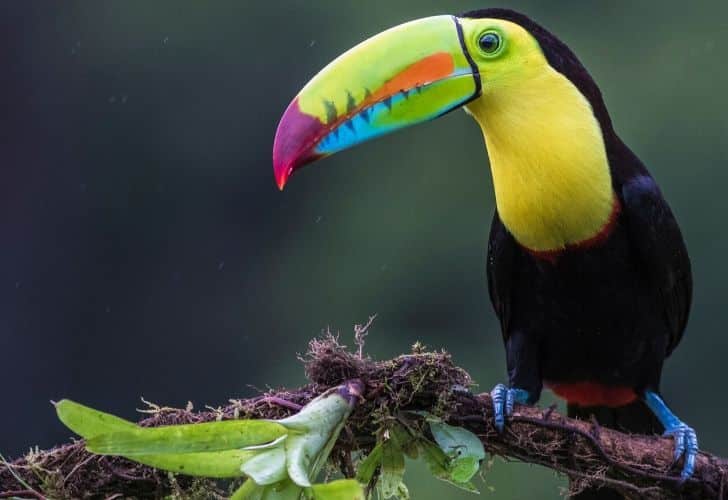
So there we have, if a body regulating and air-cooled beak isn’t impressive enough, the fact it has its own constellation surely is.
Whatever you think about the humble toucan, even with its disproportionate physique you can’t deny that isn’t a very magnificent bird.
